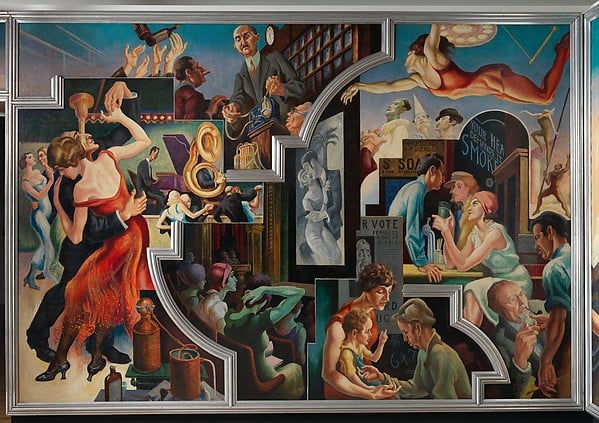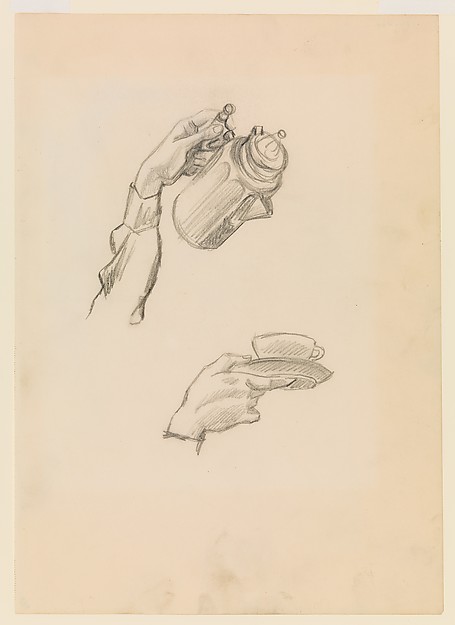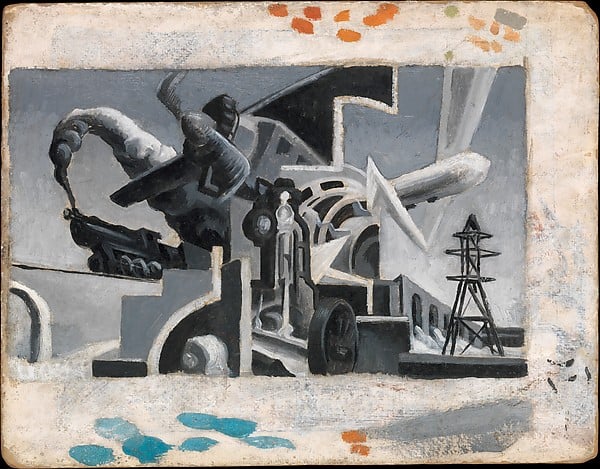On View
The Met Receives a Donation of Thomas Hart Benton Studies for ‘America Today’ Mural
Some of which were previously owned by (and feature) Jackson Pollock.

Some of which were previously owned by (and feature) Jackson Pollock.

Skye Arundhati Thomas

In 2012, global insurance company AXA gifted Thomas Hart Benton’s historic room-sized mural America Today to The Metropolitan Museum of Art, New York. This year, AXA has made another significant donation: all of the drawings and studies relating to the mural, which has since made an impact on the museum’s existing collection of American modernism.
“The gift of these rich and revelatory works enhances our understanding of this important American artist and his contribution to 20th-century art,” said Thomas P. Campbell, director and CEO of the museum in a statement.

Thomas Hart Benton, study for City Activities with Subway, (1930). Image Courtesy: The Metropolitan Museum of Art, New York.
The works have gone on display at the Met Fifth Avenue Gallery alongside the installation of the mural itself.
Benton was a prolific artist, and produced copious amounts of sketches and drawings from a very early age, particularly as he traveled through the South, the Midwest, and the West after the death of his father in 1924.

Thomas Hart Benton, Hand, Cup, Pot (1930). Image Courtesy: The Metropolitan Museum of Art, New York.
AXA’s gift also includes Benton’s compositional studies for five of the mural’s 10 panels: Instruments of Power, Deep South, City Building, City Activities with Dance Hall, and City Activities with Subway.
The painted studies for Deep South and Instruments of Power were previously owned by Jackson Pollock, who was one of Benton’s students at the Art Student League at the time.

Thomas Hart Benton, study for Instruments of Power and Deep South (1930). Image Courtesy: The Metropolitan Museum of Art, New York.
In fact, Pollock played a rather important role during the making of America Today: In addition to helping mix the pigments, he also modeled for the male figures in the mural.
America Today was first acquired by AXA (at the time, Equitable Life) in 1984, thanks to the efforts, in part, of Mayor Edward Koch, who was desperate to keep the painting intact and in New York City.
The mural was then installed in the AXA headquarters, first on Seventh Avenue and later, at the Avenue of the Americas, impressively taking up a large lobby. In January 2012, it was donated to the Met, its decorative time in the corporate world drawing to a close.